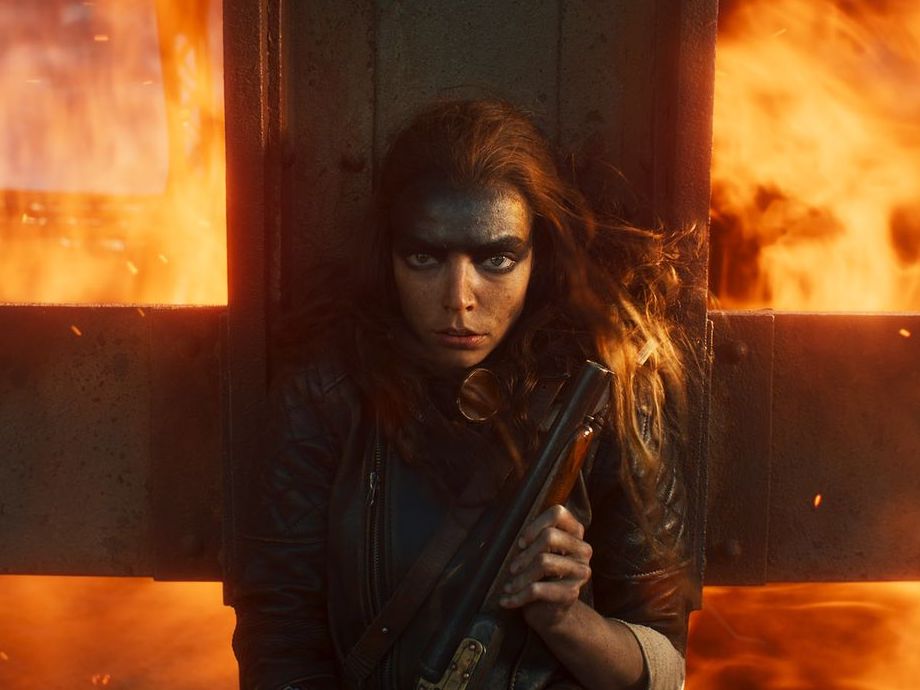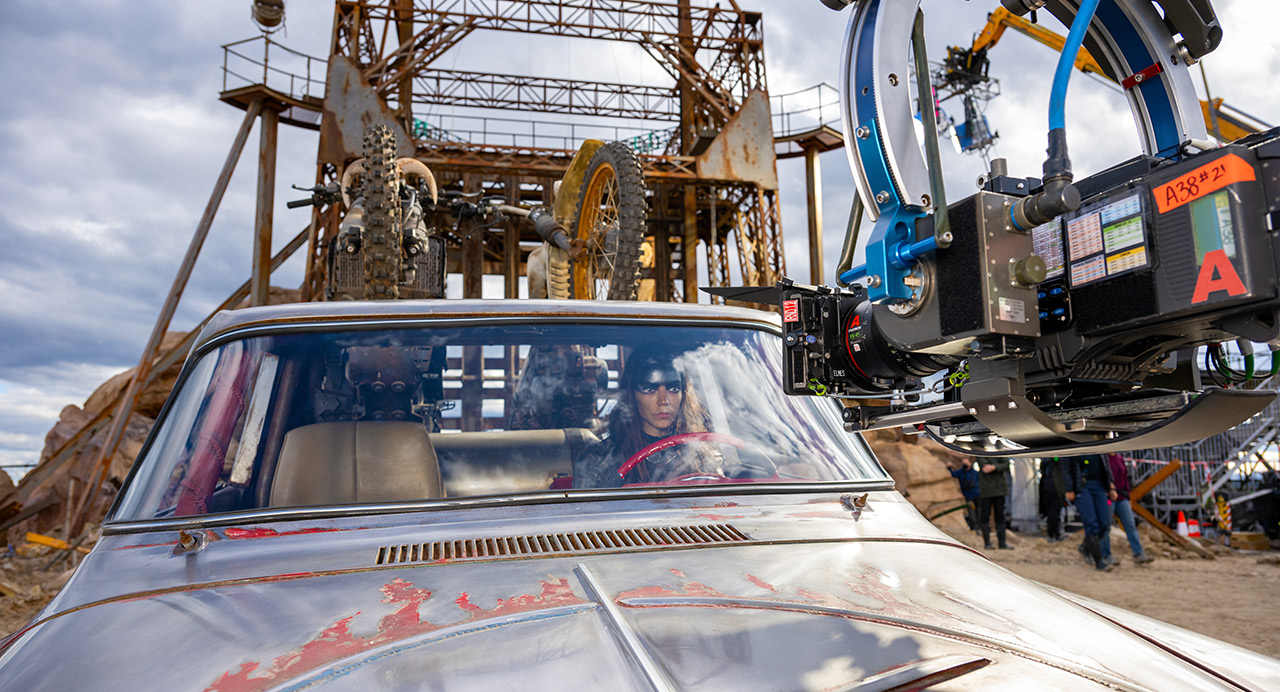
The origin story of renegade warrior Furiosa before her encounter and teamup with Mad Max.
EN
“Furiosa [...] soars as soon as the gang hits the road, and sputters when the action moves away from it. In that, the film brought me back to Denis Villeneuve’s Dune, another franchise that also tended to favor grand spectacle to the detriment of characterization. But where Villeneuve’s approach can often come across as overly pristine and calculated, Miller’s never does. Furiosa, like Fury Road before it, is a film that’s proudly beholden to its feverish vision, whose monumentality isn’t undercut by its campy flourishes and humor but is made more vibrant and alive by them. After an admittedly lukewarm start to the fest, Miller’s latest was a jolt of electricity, an incandescent reminder of the thrills that come from watching a director firing on all cylinders and pursuing his dreams on the grandest possible canvas.”
Leonardo Goi1
Burkhard Bilger: What films from the sound era influenced you the most?
George Miller: Obviously Hitchcock, Bullitt, the great action sequence in The French Connection. I was tremendously impressed by Steven Spielberg’s early film Duel. I thought, Boy, he understands the syntax so well and how to construct it. And the Polanski movies were brilliantly crafted, even though he didn’t do any action films. He once said that there is only one perfect place for a camera at any given moment. I was always struck by that, and I’ve gone on to prove that for myself in animation. You can take exactly the same ingredients and by shifting the camera and adjusting the pattern of shots you can turn the scene around. You can make it something else.
The chariot scene in Ben-Hur, in the William Wyler version, was huge for me. It was so beautifully constructed—the contours of it and the camera positions and the cutting. It was an extended sequence, and it was very clear what everyone was doing at any given moment. They didn’t just put out a lot of cameras and decide what to do with the footage in post. And what was being played out was the central rivalry between two best friends. When we were making Fury Road, I kept saying that the action sequences are the equivalent of dialogue scenes in other movies. When Max and Furiosa meet, no words are exchanged – I think he says, “Water,” and grunts. It was like a dialogue scene, except where you would usually have words you had fighting. But it had to be constructed in a way where you learn something in each moment. That’s certainly what came through in Ben-Hur.
Burkhard Bilger in conversation with George Miller2
- 1Leonardo Goi, “Cannes Dispatch: The Center Will Not Hold,” MUBI Notebook, 21 May 2024.
- 2Burkhard Bilger, “What George Miller Has Learned in Forty-five Years of Making ‘Mad Max’ Movies,” The New Yorker, 19 May 2024.
FR
« Mais où file Furiosa comme ça ?, lui demande un allié en cours de route. Nulle part, elle fonce à nouveau vers les enfers de Fury Road, éternel retour en arrière, droit dans le vide. Paradoxalement, l’exaltation qu’on retire du show provient de ce principe mélancolique : la course ne débouche sur aucun salut. Ou plutôt si : Furiosa bat les hommes sur leur terrain, mais pour mieux accéder à leur statut de fantoches keatoniens caracolant vers l’abysse, condamnée comme eux à viser des points de fuite jamais atteints, n’ayant que la folie pour survivre. Drôle d’empowerment, plus nihiliste que celui de Barbie et consorts, bien plus beau surtout dans son désespoir : une femme acquiert un corps d’action, mais pour mieux finir aux fraises avec l’équipe garçons. Car l’horizon chez Miller n’a pas d’envers, ne promet aucun « monde de demain » publicitaire. Rétif à toute notion de multivers, il tisse une mythologie sans aucune chance d’expansion, en accord avec l’idée d’un monde fini, foutu. »
Yal Sadat1
- 1Yal Sadat, “Furiosa: une saga Mad Max de George Miller et Mégalopolis de Francis Ford Coppola,” Cahiers du Cinéma, 17 mai 2024.


